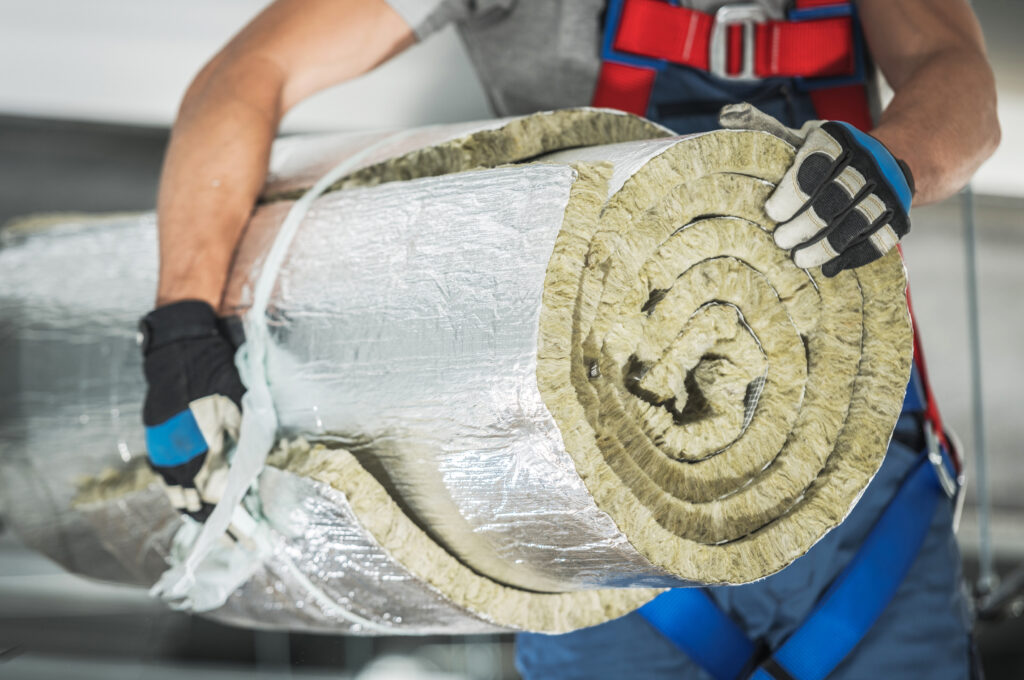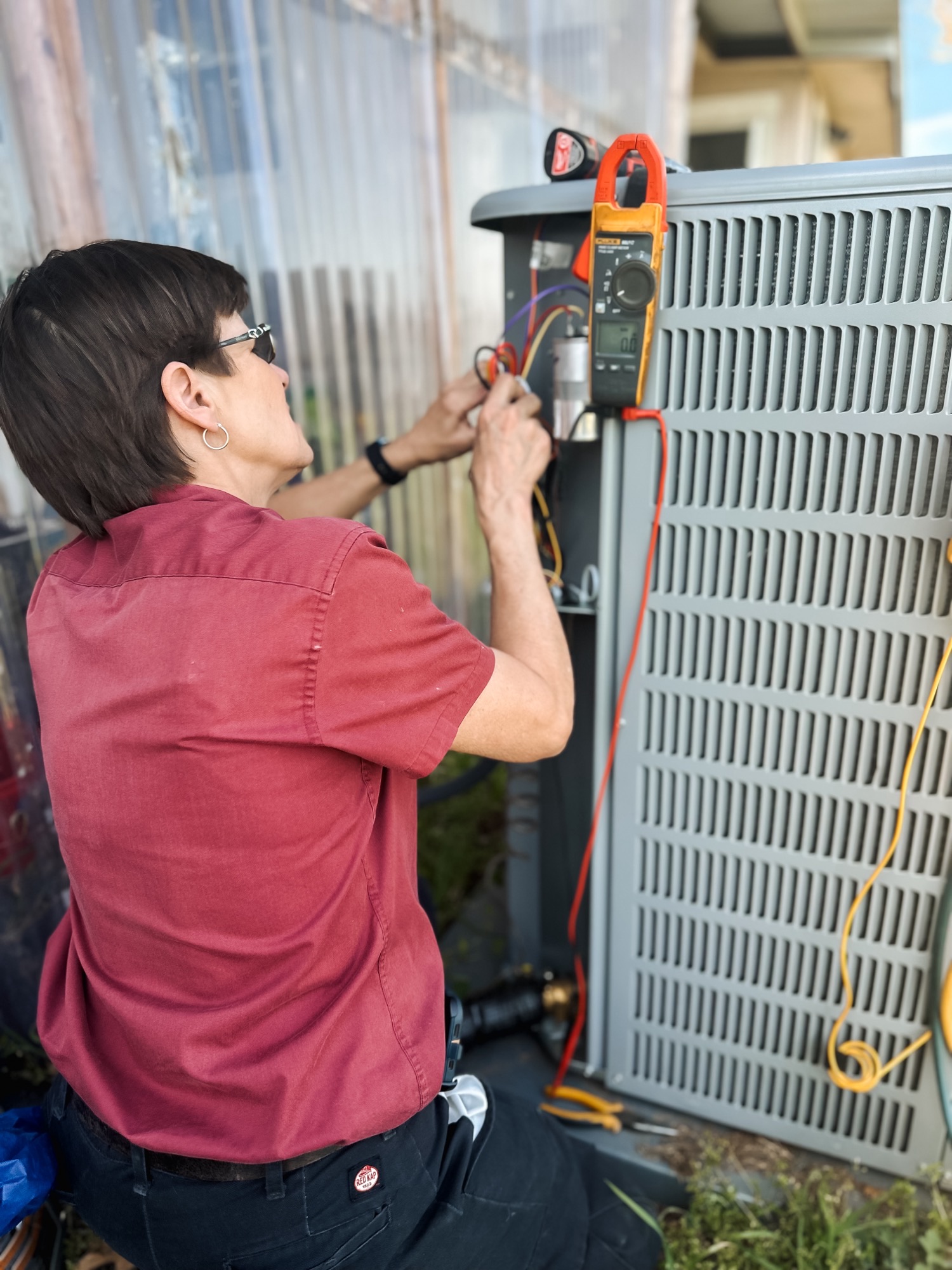Proper insulation is essential for maintaining a comfortable and energy-efficient home. Over time, insulation can degrade or become damaged, resulting in the need for replacement. In this article, we will discuss the top signs that your home needs new insulation, helping you recognize when it’s time to make an upgrade for improved comfort and energy savings.
As a leading HVAC contractor in Granbury, Texas, we understand the critical role that insulation plays in keeping your home comfortable and energy-efficient. With our expertise and professional guidance, you can make informed decisions about upgrading your home’s insulation to protect your living space and ensure optimal comfort for your family. By recognizing the warning signs of inadequate insulation, you can take timely action to safeguard your home and maintain your family’s well-being.
Too Much Moisture: Dehumidify
Too much humidity promotes the growth of mold, pathogens, and allergens. It also causes damage to your home’s structure and walls.
In general, summer is the season of high humidity. Your air conditioning unit already provides dehumidification as part of its process, but if you have high humidity even when it’s not hot, we suggest using a dehumidifier.
There are two main types of dehumidifiers: refrigerant and desiccant dehumidifiers. Refrigerant dehumidifiers use the same technology air conditioners use, while desiccant dehumidifiers absorb moisture from the air. Since refrigerant dehumidifiers are typically used for homes, you’ll probably need this type.
The first thing you need to do is figure out the best place for your dehumidifier. You can get a small unit to take care of a problem area like your kitchen or bedroom. If your humidity issues are more widespread, then a whole-home dehumidifier is your best bet.
Sign 1: Uncomfortable Temperature Fluctuations
One of the most apparent indications that your home may require new insulation is when you experience noticeable temperature fluctuations between rooms. Insulation plays a vital role in maintaining consistent indoor temperatures. If some rooms in your home are much colder or warmer than others, this may signal that your insulation has lost its effectiveness or is unevenly distributed. By upgrading your insulation, you can enjoy more consistent comfort throughout your home.
Sign 2: High Energy Bills
A sudden or unexplained increase in your energy bills may indicate a problem with your home’s insulation. When insulation becomes old or damaged, it is less effective in preserving heat during the winter and cool air during the summer. As a result, your HVAC system must work harder to maintain comfortable temperatures, leading to higher energy consumption. If you’ve noticed an upward trend in your energy bills without significant changes in your consumption habits or energy rates, it might be time to consider new insulation.
Sign 3: Mold and Moisture Issues
Insulation not only helps regulate temperature but also plays a crucial role in managing moisture levels within your home. If you observe signs of mold growth, water damage, or excessive condensation, these issues may point to insulation failure. Damaged or poorly installed insulation can allow moisture to seep into your home’s interior, leading to mold growth, wood rot, and other structural problems. Upgrading your insulation can help prevent moisture-related issues and safeguard your home’s integrity.
Sign 4: Drafts and Cold Spots
Experiencing drafts and cold spots in your home can be another indication that your insulation needs replacing. If you can feel chilly air coming through walls, floors, or ceilings, it is likely that your insulation has settled, compressed, or is no longer providing an adequate barrier. By improving your home’s insulation, you can eliminate drafts and cold spots, ensuring year-round comfort for your family.
Sign 5: Pest Infestations
Insulation materials, especially those made from cellulose or fiberglass, can provide an attractive nesting ground for pests such as rodents and insects. If you’ve been experiencing recurring pest problems, it’s possible that your insulation has become infested or damaged by these unwanted visitors. Upgrading your insulation can not only help eliminate pest issues but also prevent further damage to your home.
Sign 6: Ice Dams and Icicles
During the winter months, ice dams and icicles forming on your roof’s edge can be a sign of inadequate insulation. When heat escapes from your home through the attic, it can cause snow on the roof to melt and refreeze, forming ice dams and icicles. These formations can lead to water damage, roof leaks, and other costly complications. By improving your attic insulation, you can prevent heat loss and reduce the risk of ice dam formation.
Sign 7: Aging Insulation Material
The insulation materials in your home have a limited lifespan and may lose their effectiveness over time. Insulation materials such as cellulose, fiberglass, and rock wool have varying life expectancies based on factors like installation quality, climate, and maintenance. If your home’s insulation is reaching the end of its expected lifespan or showing visible signs of degradation, it may be time to consider a replacement.
Sign 8: Difficulty in Achieving and Maintaining Desired Temperatures
If you’re struggling to achieve and maintain comfortable temperatures within your home, despite your HVAC system working properly, your insulation might be the culprit. Inadequate or damaged insulation can make it challenging to reach desired temperatures, putting unnecessary strain on your heating and cooling system. Upgrading your insulation will help to improve comfort levels and support the efficient operation of your HVAC equipment.
Recognizing the warning signs that your home needs new insulation is essential for maintaining a comfortable, energy-efficient living space. By addressing these issues promptly, you can not only safeguard your family’s comfort but also extend the life of your HVAC system and potentially reduce your energy costs.
Investing in Your Home's Comfort and Efficiency
Understanding the top signs that your home needs new insulation helps you make informed decisions to protect your living space and ensure maximum comfort for your family. Investing in quality insulation and addressing issues early on not only enhances the performance of your HVAC system but can also contribute to significant energy savings over time. As your trusted HVAC partner, we’re here to help you navigate the process of upgrading your insulation and improving your home’s efficiency.
Don’t let inadequate insulation compromise your home’s comfort and energy efficiency. Contact us today to schedule an insulation assessment and learn more about our tailored HVAC services in Granbury, TX.








